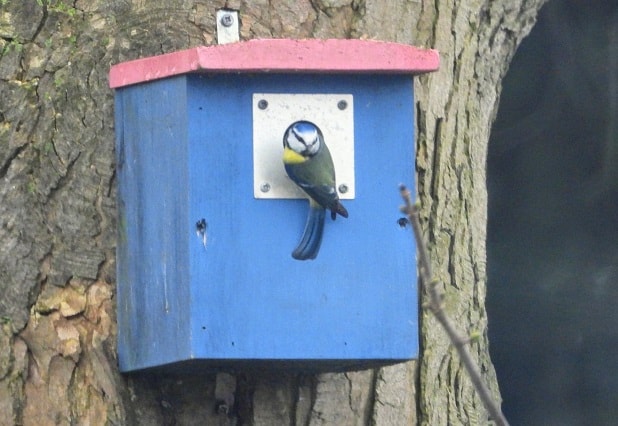
Thanet nature expert Nik Mitchell, from Minster, runs the Wildlife Conservation in Thanet page on facebook:
I’m a big believer in co-habiting with wildlife not co-existing. A home wouldn’t be a place of love if you didn’t share it with nature, we are nature.
A simple bird box can bring so much joy to your life knowing that you are providing a home for a bird to spend the night or raise its young. Sadly, there is a shortage of natural nest sites for birds, this is one of the reasons for the decline of our feathered friends.
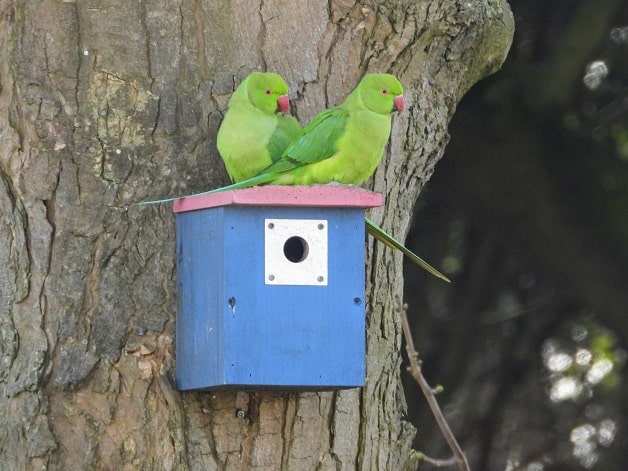
In Thanet lots of natural nest sites (hedges, scrub, holes in trees and old buildings) have disappeared due to tree felling, building repairs or manicuring gardens. The loss of these habitats has devastating consequences, especially for some birds that use the same nest site year on year, for example swifts.
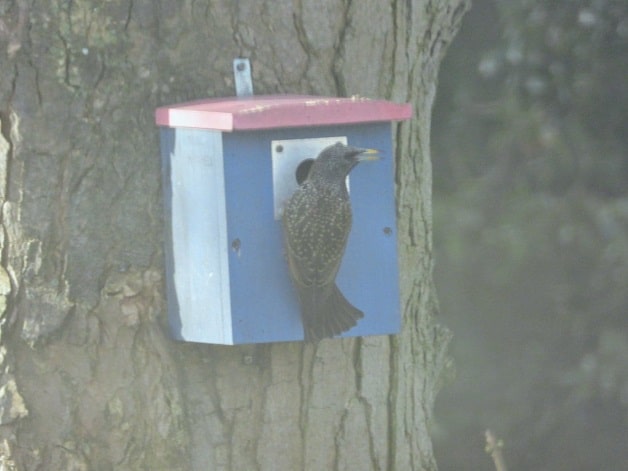
Fortunately, nest boxes are a very effective replacement for loss of natural nest sites. There are different nest boxes to suit different species of birds. Robins and wrens prefer an open-fronted box and have even been known to nest in old shoes hung on a wall. Sparrows like to nest with other sparrows (a quarrel of sparrows) so like a bird box terrace. The hole size of a bird box is very important, the bird wants to feel secure and use a box with the smallest entrance possible. • 25 mm for blue tits. • 28 mm for great tits and tree sparrow. • 32 mm for house sparrows • 45 mm for starlings.
Try to remember that 1mm to a bird is like 1ft to us. Putting up a nest box in your garden is a brilliant thing to do for breeding birds. Getting to see breeding birds move in, raise their young and fledge is an amazing experience year after year, it’s very good for your wellbeing knowing you have helped to give life, it helps you to feel part of something bigger.
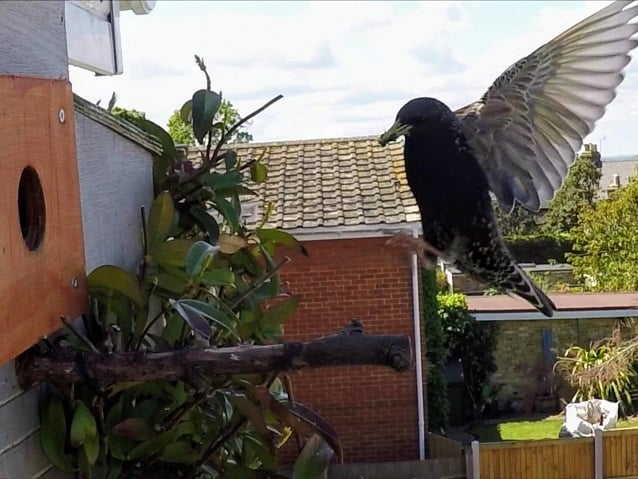
Putting your boxes up in autumn or winter is the ideal time because you can provide much needed winter shelter for roosting birds and it increases the chance of the birds staying and nesting in spring. However, this is not vital. Putting a bird box up at any time of the year will still help our birds.
Boxes can be bought but, if you can, I believe it is more fun to make your own with scrap wood. It doesn’t matter how good your woodwork skills are (see plan in this article) give it a go. Mr. Sparrow doesn’t mind if his new home looks like the TARDIS, a bumpy box or Buckingham Palace he just appreciates the gesture.
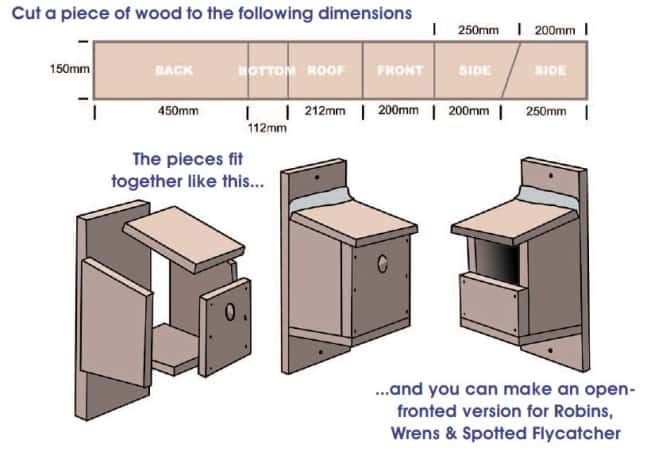
When siting your nest box, ‘where’ is quite important. Nest boxes must provide a safe, comfortable environment and protect the birds from predators and the worst of the weather. The height of the box is not crucial but do try placing it at least two metres off the ground as it will help prevent human interference and predators such as cats or squirrels.
The direction of the entrance hole should be away from the prevailing wind (so not facing south west) and it is helpful if there is a clear flight path to the box. The box should also be sheltered from strong sunlight.
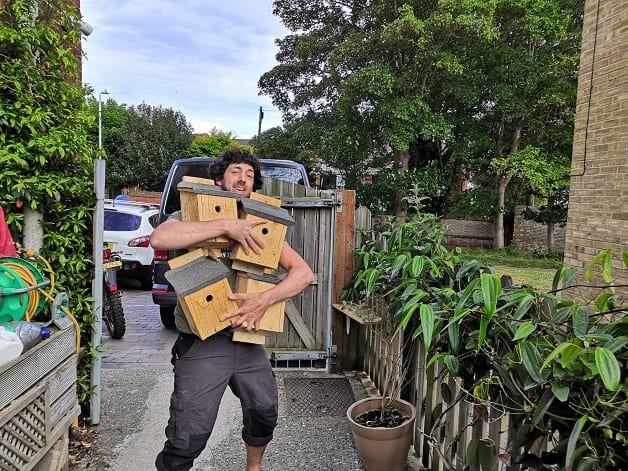
So now you know what to do, go on get out there, share some wildlife love and put up a box or give one to a friend or family member as a gift.

